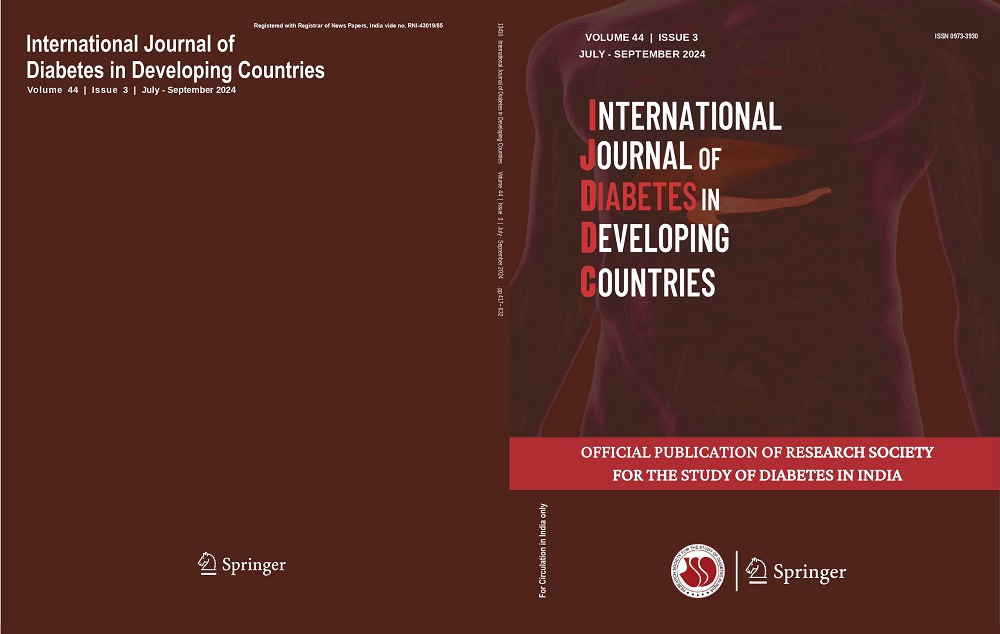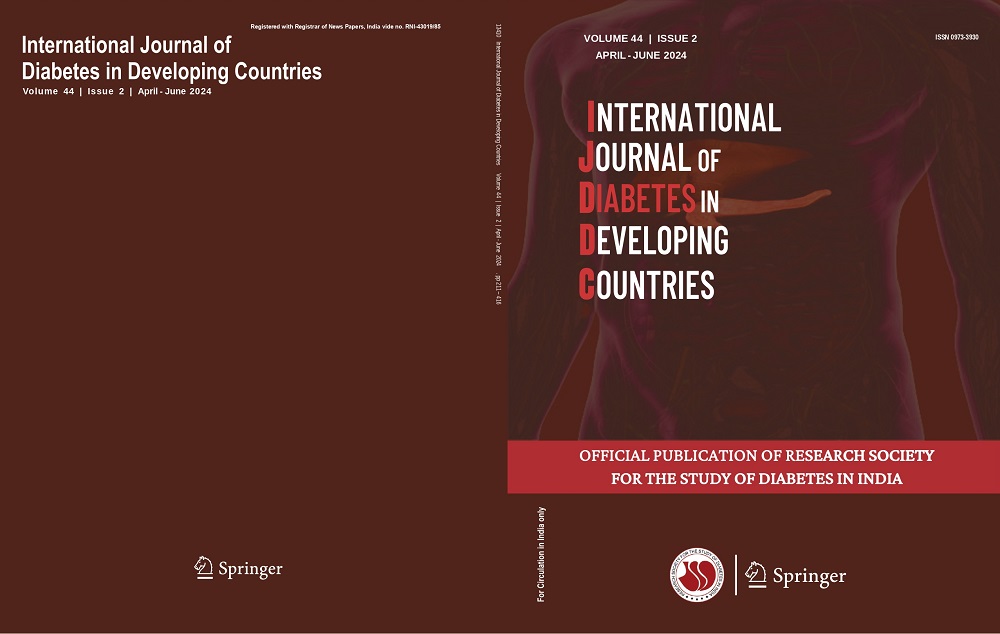Qingyun Liu, Xiaohua Chen, Shanshan Wei & Feng Wang
Keywords
Gestational Diabetes Mellitus • Prevalence • Oral Glucose Tolerance Test • Retrospective Analysis
Abstract
Objectives To investigate the prevalence of gestational diabetes mellitus (GDM) and its associated factors in Shenzhen, China.
Methods For routine prenatal care, women with singleton pregnancy underwent 75-g oral glucose tolerance tests (OGTTs) to make a GDM diagnosis at 24 to 28 weeks of gestation. Data of all OGTT results since March of 2017 and relevant clinical information were obtained from Shenzhen Baoan Women’s and Children’s Hospital, Jinan University. Adjusted odds ratio (aOR) was applied to describe association between pregnant women’s characteristics and GDM. Blood glucose levels grouped by characteristics were compared using t-test or one-way analysis of variance.
Results A total of 70,427 pregnant women were included in this study, 17.02% of whom were affected by GDM. The prevalence of GDM was increased in recent years, and was strongly correlated with maternal age (Pearson r = 0.98, p < 0.001). Fasting glucose was highest in winter and lowest in summer, while 2-h post-load glucose was highest in summer and lowest in winter. Multivariate logistic regression indicated that maternal age (aOR = 1.12 per 1-year increase, 95% CI: 1.11–1.13), pre-pregnancy body mass index (aOR = 1.12 per 1 kg/m2 increase, 95% CI: 1.11–1.14), and positive family history of diabetes (aOR = 1.63, 95% CI: 1.47–1.81) were associated with increased GDM risk. Intriguingly, multiparous woman was associated with lower GDM risk (aOR = 0.88, 95% CI: 0.83–0.94). In vitro fertilization and embryo transfer was not significantly associated with GDM prevalence (aOR = 1.78, 95% CI: 0.92–3.46).
Conclusions The prevalence of GDM was about 17.02% in Shenzhen, with increase in recent years. There were different alterations across seasons for fasting and post-load blood glucose. Multiparity may be an independent protective factor for GDM.




